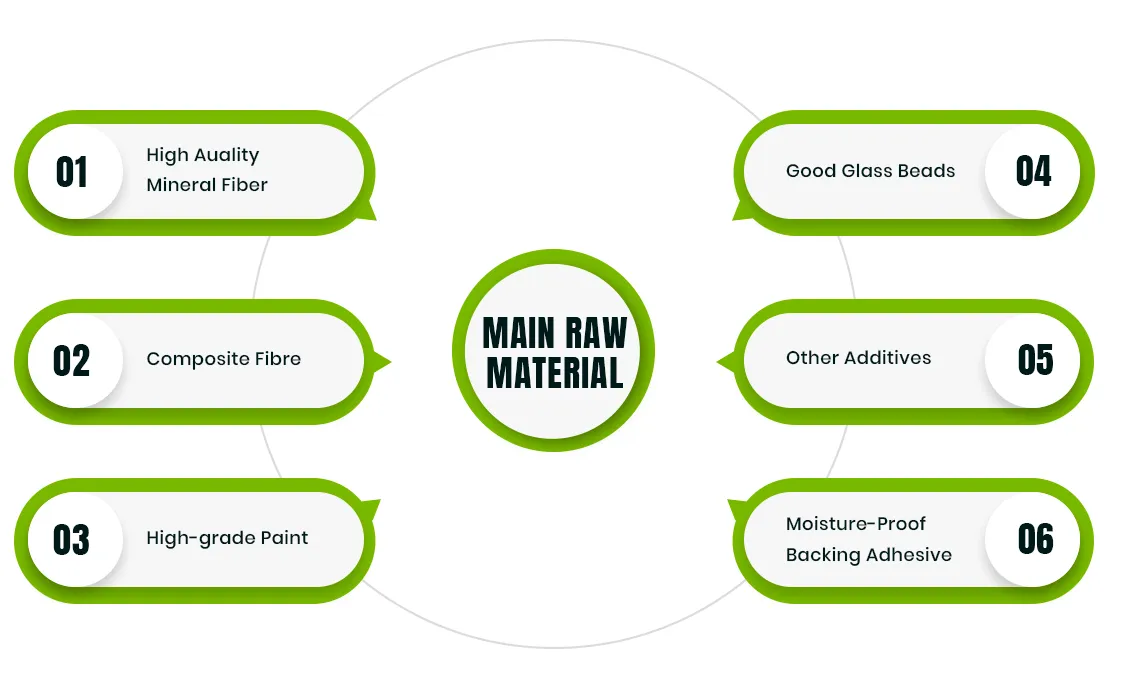- Afrikaans
- Albanian
- Amharic
- Arabic
- Armenian
- Azerbaijani
- Basque
- Belarusian
- Bengali
- Bosnian
- Bulgarian
- Catalan
- Cebuano
- Corsican
- Croatian
- Czech
- Danish
- Dutch
- English
- Esperanto
- Estonian
- French
- German
- Greek
- Hindi
- Indonesian
- irish
- Italian
- Japanese
- Korean
- Lao
- Malay
- Myanmar
- Norwegian
- Norwegian
- Polish
- Portuguese
- Romanian
- Russian
- Serbian
- Spanish
- Swedish
- Thai
- Turkish
- Ukrainian
- Uzbek
- Vietnamese
nov . 09, 2024 14:06 Back to list
Ceiling Access Hatch for Efficient Service and Maintenance Solutions
The Importance of Ceiling Service Hatches in Modern Architecture
In contemporary architecture, efficiency and accessibility reign supreme, especially in the design of residential and commercial buildings. One significant element that embodies these values is the ceiling service hatch. Often overlooked, these handy installations play an essential role in ensuring maintenance ease and enhancing the function of a space. They are designed to provide access to hidden systems, channels, and utilities without compromising the aesthetic of a room.
What is a Ceiling Service Hatch?
A ceiling service hatch is a panel or door installed within the ceiling, which provides access to the space above—commonly an attic, crawl space, or utility area. This access point allows for inspection, maintenance, and repairs of essential infrastructure such as wiring, plumbing, and HVAC (heating, ventilation, and air conditioning) systems. The hatches can vary in size, material, and design, ranging from simple, flush-mounted panels to more robust and innovative solutions that integrate seamlessly with the surrounding architecture.
Benefits of Ceiling Service Hatches
1. Ease of Maintenance One of the primary advantages of ceiling service hatches is the accessibility they provide to maintenance personnel. Instead of having to dismantle walls or ceilings, technicians can quickly and easily access vital systems, reducing downtime and improving the efficiency of repairs. This is particularly crucial in commercial settings where operational continuity is essential.
2. Space Efficiency In urban areas where space is at a premium, maximizing usable space is critical. Ceiling service hatches allow for the installation of necessary systems above the ceiling line without compromising the livable area. This helps maintain aesthetic integrity while ensuring functionality.
ceiling service hatch

3. Cost-Effectiveness Regular maintenance can prevent costly repairs down the line. By integrating ceiling service hatches into the design from the outset, property owners can save significantly by facilitating easier access for routine checks, thus minimizing the risk of unforeseen issues.
4. Safety In cases of emergency maintenance, a service hatch can optimize response times. For instance, if a leak is detected in plumbing above the ceiling, having a service hatch can streamline the process of reaching the problematic area, which can be crucial in preventing damage to the property.
5. Aesthetic Integration Modern ceiling service hatches can be designed to blend in with existing decor, allowing for a seamless transition between functionality and aesthetics. Available in various finishes and styles, they can cater to a range of design preferences, ensuring that they do not disrupt the visual flow of a space.
6. Versatility Ceiling service hatches come in various specifications, which makes them suitable for diverse applications—from residential buildings to hospital ceilings requiring strict compliance with safety regulations. They can be customized to fit specific sizes and uses, such as access to smoke detectors, alarm systems, or other critical components.
Conclusion
In summary, ceiling service hatches are a pivotal yet understated element in modern architecture. They not only enhance the practicality of a building by facilitating maintenance and inspections but also prioritize aesthetics, safety, and space efficiency. As buildings become increasingly complex with advanced technology and infrastructure, the role of ceiling service hatches will only grow in significance. By embracing such innovations, architects, builders, and property owners can ensure that their structures remain functional, safe, and visually appealing for years to come. Whether for a residential home or a bustling commercial space, incorporating ceiling service hatches is a smart investment for sustainable building management.
-
Transform Interiors with PVC Gypsum Ceiling: A Stylish, Durable, and Moisture-Resistant SolutionNewsMay.19,2025
-
The Smart Interior Upgrade: Discover the Durability and Versatility of Gypsum Ceiling Access Panel SolutionsNewsMay.19,2025
-
The Smart Choice for Interior Design: Discover the Value of PVC Gypsum Ceiling SolutionsNewsMay.19,2025
-
Mineral Fiber Ceiling Tiles: The Smart Blend of Performance and AestheticsNewsMay.19,2025
-
Mineral Fiber Ceiling Tiles: The Superior Choice Over Gypsum for Sound and Fire SafetyNewsMay.19,2025
-
Mineral Fiber Ceiling Tiles: Eco-Friendly Strength and Style for Every CeilingNewsMay.19,2025







